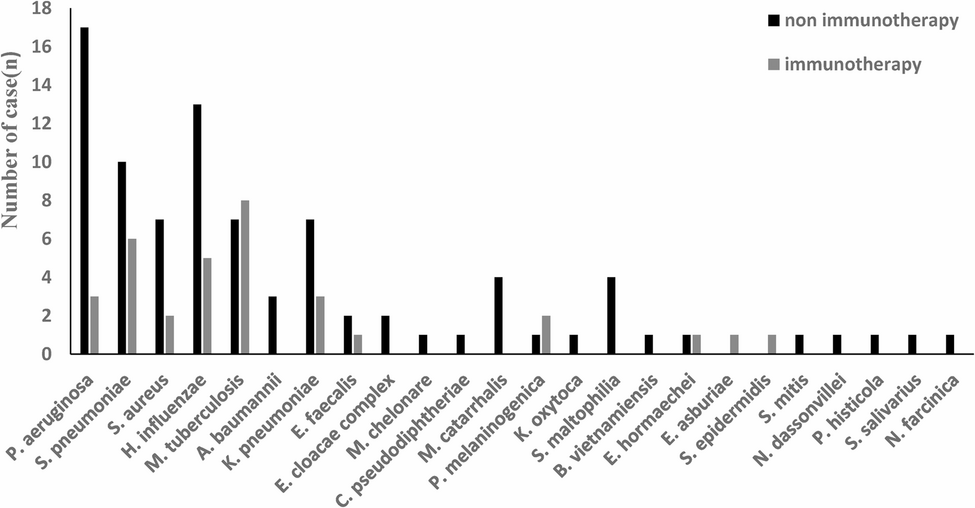In 2024, labour market slack in the EU accounted for 11.7% of the extended labour force, representing 26.7 million people aged 15 to 74 available for work but not participating in the labour market to their potential. This included unemployed and underemployed people, those seeking a job even though they are not immediately available to work and those immediately available to work but not seeking a job. With minor fluctuations, labour market slack in the EU has been decreasing over the decade, falling from 18.6% in 2015.
Among EU countries, Spain recorded the highest labour market slack in 2024 (19.3% of the extended labour force), followed by Finland (17.9%) and Sweden (17.8%)
In contrast, labour market slack was the lowest in Poland (5.0%), Malta (5.1%) and Slovenia and Hungary (both 6.3%).
Source dataset: lfsi_sla_a
Unemployment: the largest part of labour market slack
A detailed breakdown of labour market slack shows that 5.7% of the extended labour force was unemployed, 2.7% was available to work but not seeking employment, 2.4% of people were underemployed part-time workers and 0.9% were seeking employment but not immediately available to work.
Unemployed people made up most of the labour market slack in 23 EU countries, with the highest shares in Spain (10.9%), Greece (9.9%), Finland and Sweden (7.9% each).
However, there were some exceptions. In Ireland and the Netherlands, the majority of slack came from underemployed people working part-time (4.4% and 4.9%, respectively). In Czechia, the highest share was among people seeking work but not immediately available to start (3.1%), while in Italy, most were available to work but not seeking employment (7.3%).
Source dataset: lfsi_sla_a







